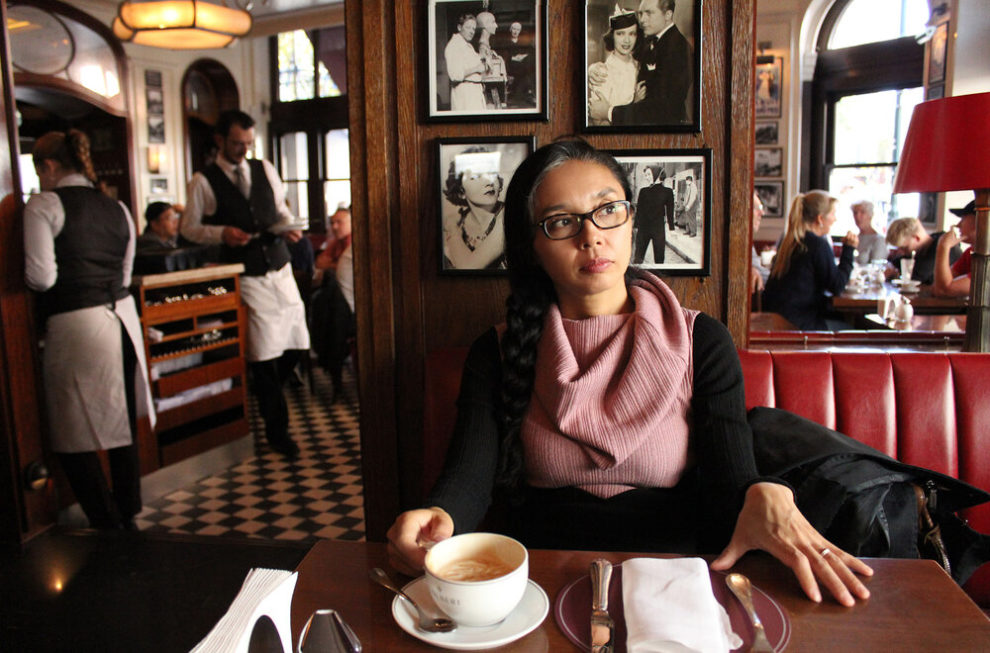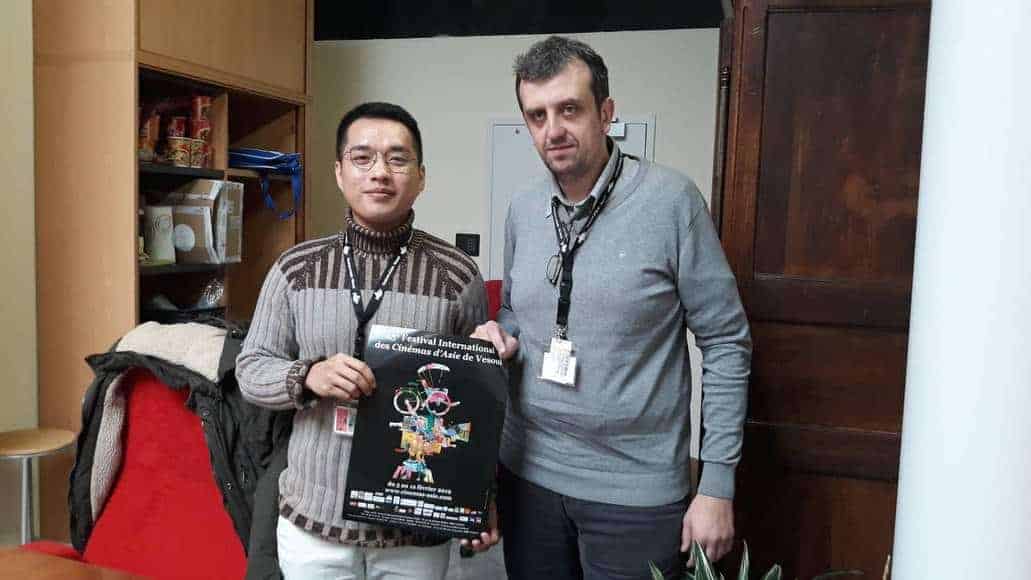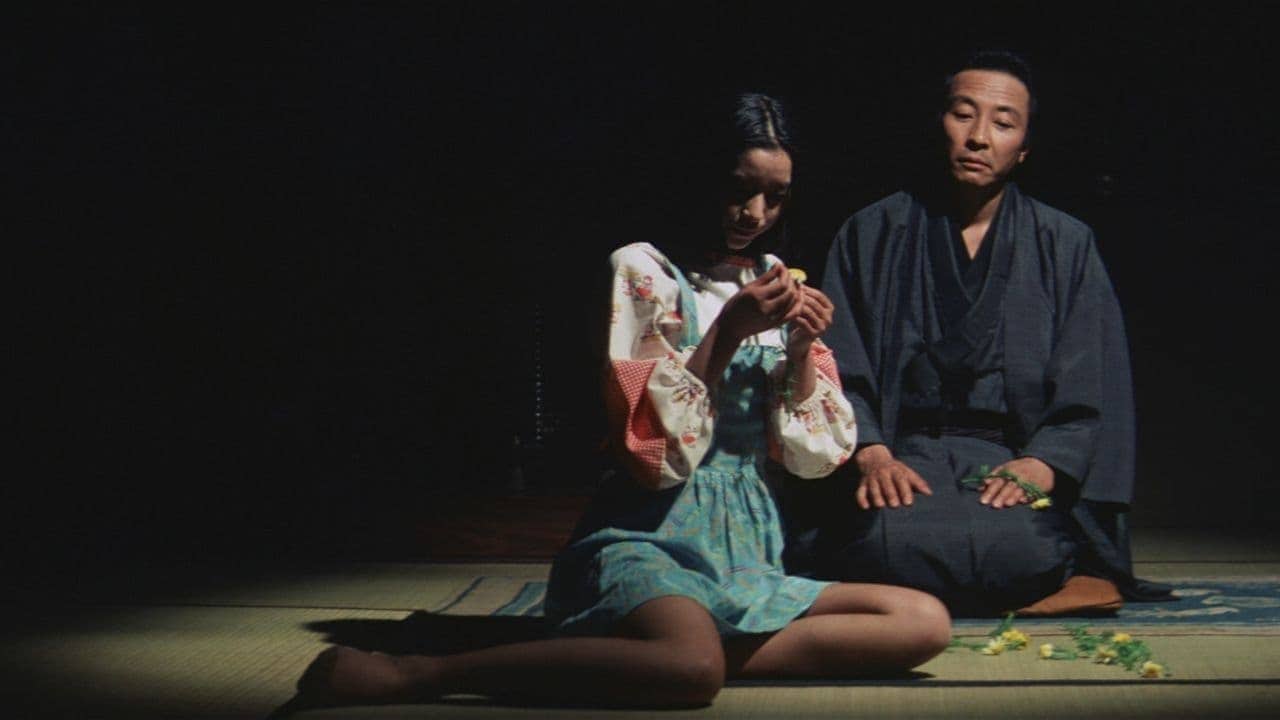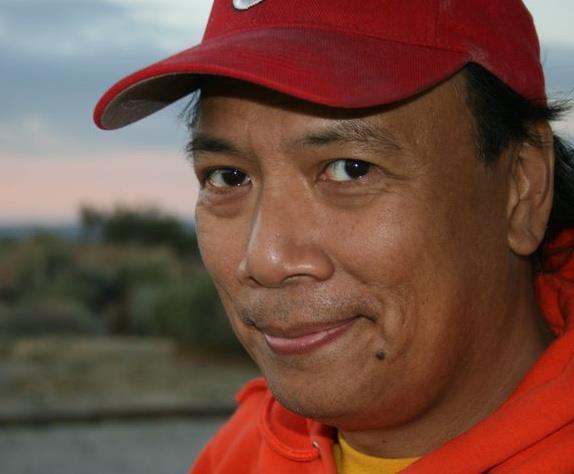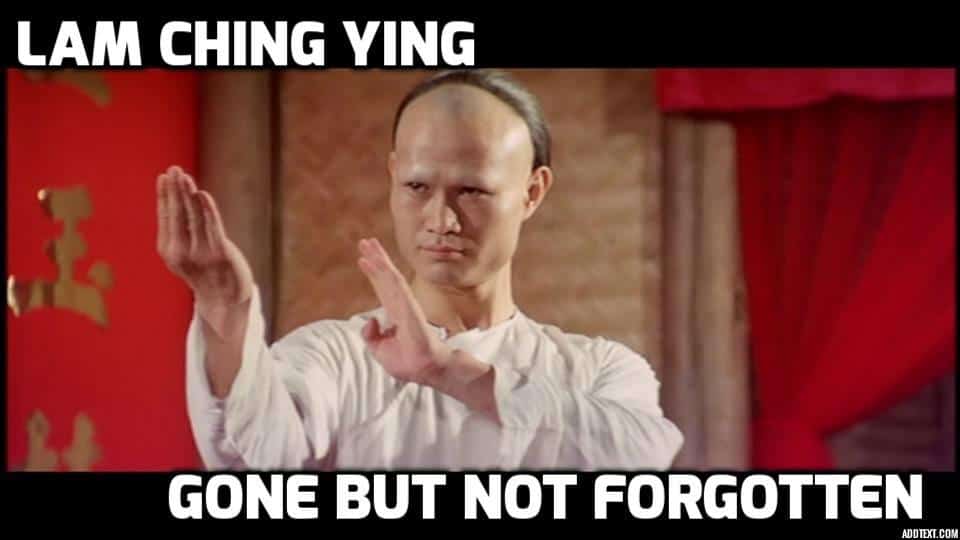Kyoka Tsukamoto was born in Tokyo but moved to Canada in 1998 where she started studying film at Ryerson University in Toronto. She has been working in the fields of essay works and experimental filmmaking, resulting in such works as the experimental short “Dreams and Mirrors” (2010), which received an Honorable Mention Award in the Experimental Film Category at Los Angeles International Film Festival.
Her newest project “My Dearest Sister” is a mix of documentary and narrative feature, telling the story of Tsukamoto going back to her home country and her family after all these years to re-connect with her estranged sister and face a dark family secret. The film, which screened at Braunschweig International Film Festival, received the Standout Feature Film Cinematographer award at Reelworld Film Festival.
We talked with her about the genesis of “My Dearest Sister”, its symbolism and themes as well as its narrative structure.
Your feature deals with you trying to reconnect with your family, most importantly your sister, but also with your research into the story of Empress Himiko. Could you tell us something about this side of your feature and how these two narratives connect and intersect?
I find the empress Himiko inspiring for us, for all sisters. She is said to have lived in 248 AC, and ruled Japan with spiritual power and knowledge. She was one of many queens who governed Japan for many thousands of years, but their history is unknown or not mentioned because it doesn't fit with the norm of the patriarchal society today. The spirit of ancient Japanese feminine culture is inherited through the language and spirituality of Shintoism, which I wanted to disseminate through the music so I arranged the secret poetry into the soundtracks. My intention with the music was to contribute to our spiritual and cultural evolution, bridging the East and the West through music.
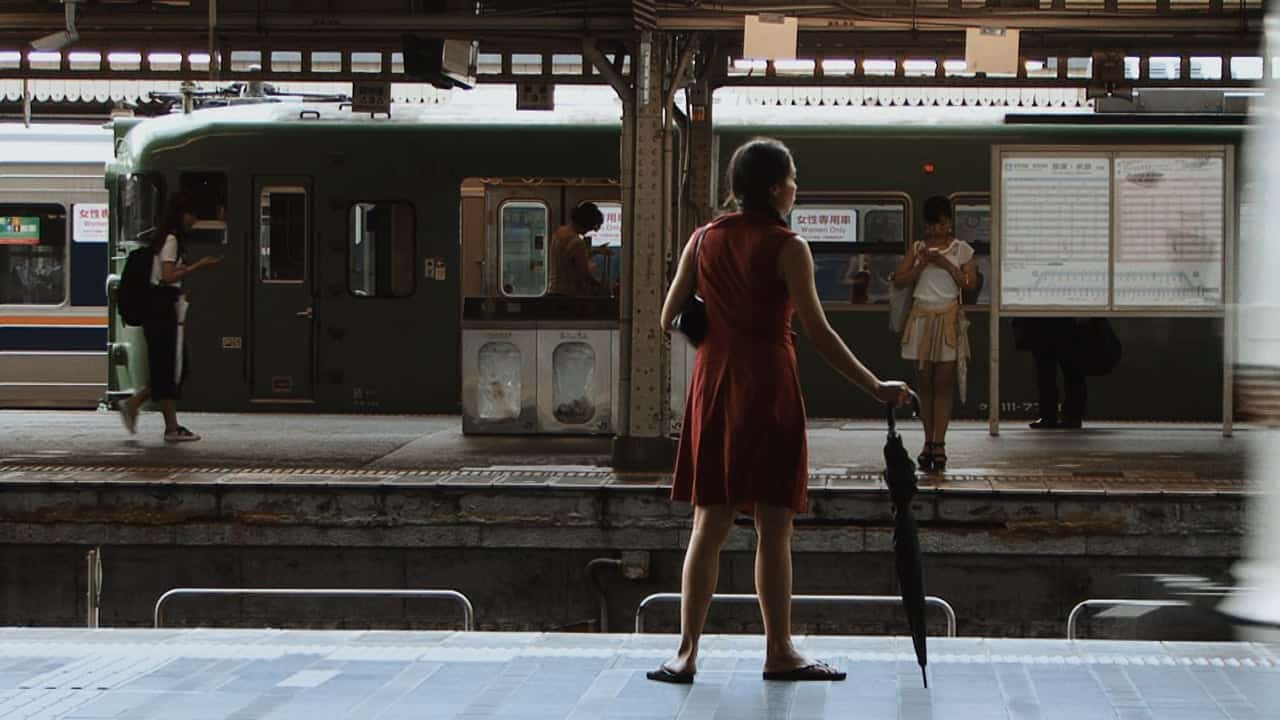
Given the personal nature of the feature, did you ever have any doubts about sharing these thoughts and feelings with an audience?
In the creative process of writing, the story of the sisters became more and more important than other elements that I thought more interesting. The input from my co-writer and scenario consultants pushed me to go deeper into the personal story.
It was a natural process of exploration, to understand and demonstrate how a narcissistic parent behaves and how this negative pattern is fostered in a family for generations. It was important for me to show that you always have a choice to correct the wrong, and turn the negative into positive pattern for your life and for the next generation. It never came from feelings of anger or resentment, but from the necessity of the project; I followed the current of the creative process that I found myself in, and it seemed important that I share my experience, in order to give the tools for others to seek clarity and cut the chain of negativity.
Depending on which review or description you read, “My Dearest Sister” is either described as a documentary or a cinematic essay. Which term do you prefer and why?
It's a hybrid documentary or an essay documentary. Because I am from an experimental filmmaking background, naturally I explore forms of film and cinematic language. “My Dearest Sister” started as an experimental essay film. A visual poetry of 20 minutes, “Creation and Sacrifice”, was completed in 2016, then I received a special grant from the Canada Council to expand it into feature-length using techniques of narrative film. I feel filmmaking is like a sculpture of time and space, reconstructing memories and the world you live in. I think that to use both techniques of documentary and fiction was an effective way to tell this story.
With regard to the story of the feature, what do you think is more difficult to bridge, emotional or social/traditional barriers?
I think that the most difficult barrier is within oneself and it is driven by fears. When you identify the roots of whatever negative feelings you carry, then you have a chance to leave the burden behind and go beyond the boundary that you thought was impossible to cross. But it is never an easy process to face the inner scar that causes psychological barriers.
Considering “My Dearest Sister” is also about the experience of changing one's identity, how would you say your identity has changed through the production?
The film shows how the polarization of the East and the West is integrated in my artistry. The spirituality from the East and the psychological exploration from the West work together.
I had to be also keenly aware of which Eastern idea is being introduced in my work, because sometimes what is obvious for me needs some appropriate introduction, presentation and development within the film, otherwise its value would be overlooked or not understood by a Western audience. For example, the Eastern value of “selflessness” and the Western value of individualism needed to be both addressed with a fitting, authentic expression. Through my spiritual practice of music, these two opposing ideologies were integrated.
In connection with the rubble you see in Fukushima, you speak of the”rubble of my soul”. Can you say something about the meaning of this statement?
Every scene of the film is like a symbol of your emotional state. Like a dream, I try to tell a story visually and symbolically. For example, a traumatic experience you carry in your psyche can revisit you in a dream as a childhood room in a rubble. Your path in life is symbolized as train tracks, and the moment of choice as a train station, where you can choose a path that brings you to a destiny that you've never imagined. This is how I want to tell a story.
Moreover, the main character's personal experience needed to be linked with the larger collective experience, such as Nuclear disaster in Fukushima or Atomic bombings, in order to identify the roots of negative patterns we create.
How did you come up with the structure of the film?
In 2017, when I finished the first cut, the common advice I received was to simplify it and focus only on the sister's story. But I knew that wasn't the answer. For me, the sister's story meant to be just a thread to the end. The theme about Japanese spirituality is symbolized by the image of Queen Himiko, the visual motifs of dreams, which guide the journey of individuation from Jungian analytical perspective, and the issues about Fukushima and Hiroshima. Every aspect in the first cut was important to me no matter how ambitious the task was integrate them all.
Then I worked with a story editor, Howard Wiseman, and we had some brainstorming sessions, and I worked on free association writings as well. Then I rewrote the entire narration from scratch. I found some key connections that hold many layers. And we even did some pick-up shoots for creating the junctions. Each small story needed to relate to each other and create the larger arc of story with a consistent flow. Through the process, I felt as if an animal was forming, exactly like all the nerves and veins grew to create a larger bundle to form a creature. So, it was only in 2018 I realized that I finally became a writer after working on the script for eight years.
Are you working on anything new at the moment?
I am presently juggling four projects, writing a fiction feature film titled “I Heard a Funeral”, another essay documentary on music is in production/post-production, composing music for the next fiction film, and also publishing video clips of my piano solos that I originally composed for “My Dearest Sister”. Now there are two pieces available online!
There will be also a new trailer available soon, I will let you know soon


